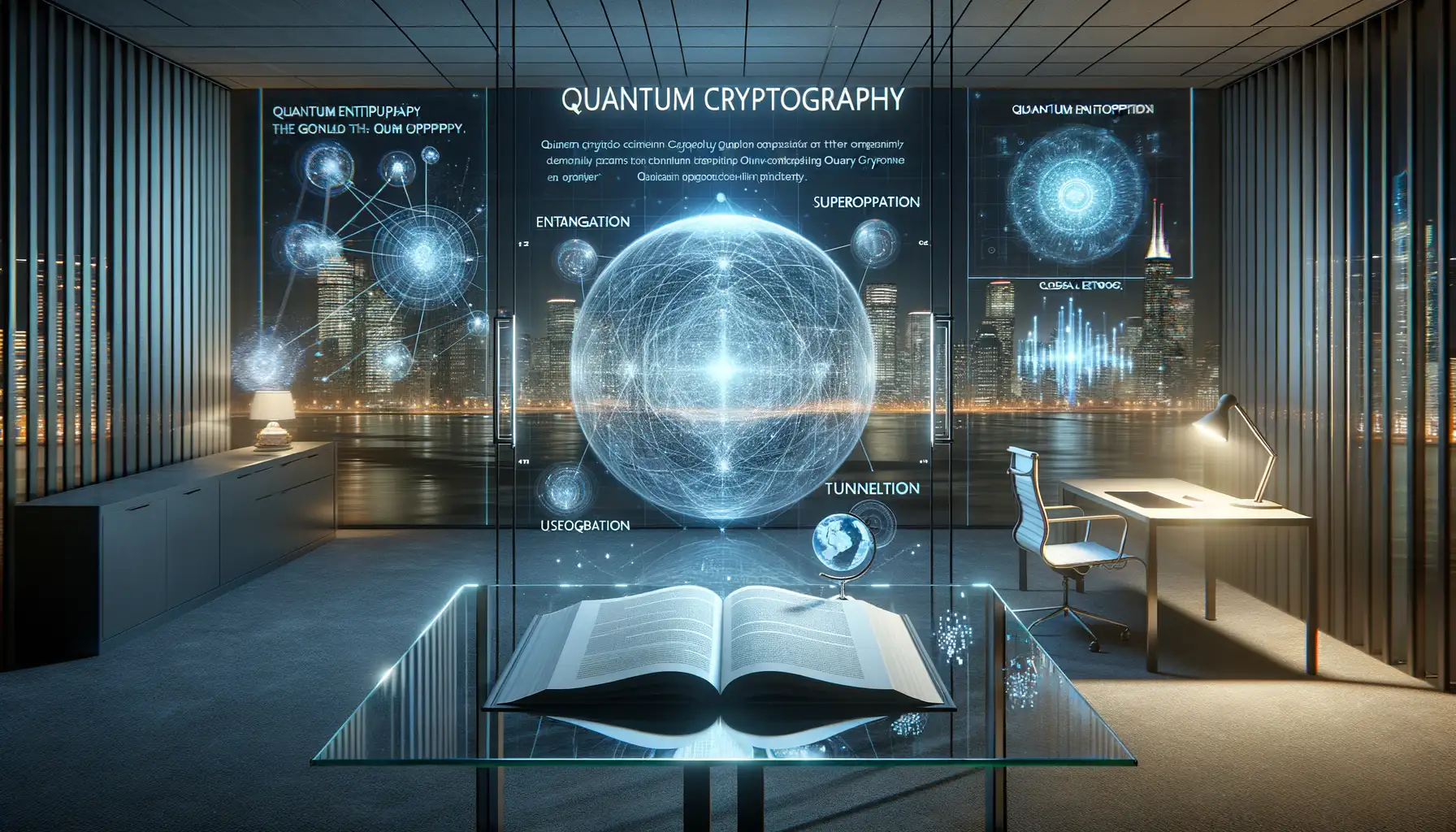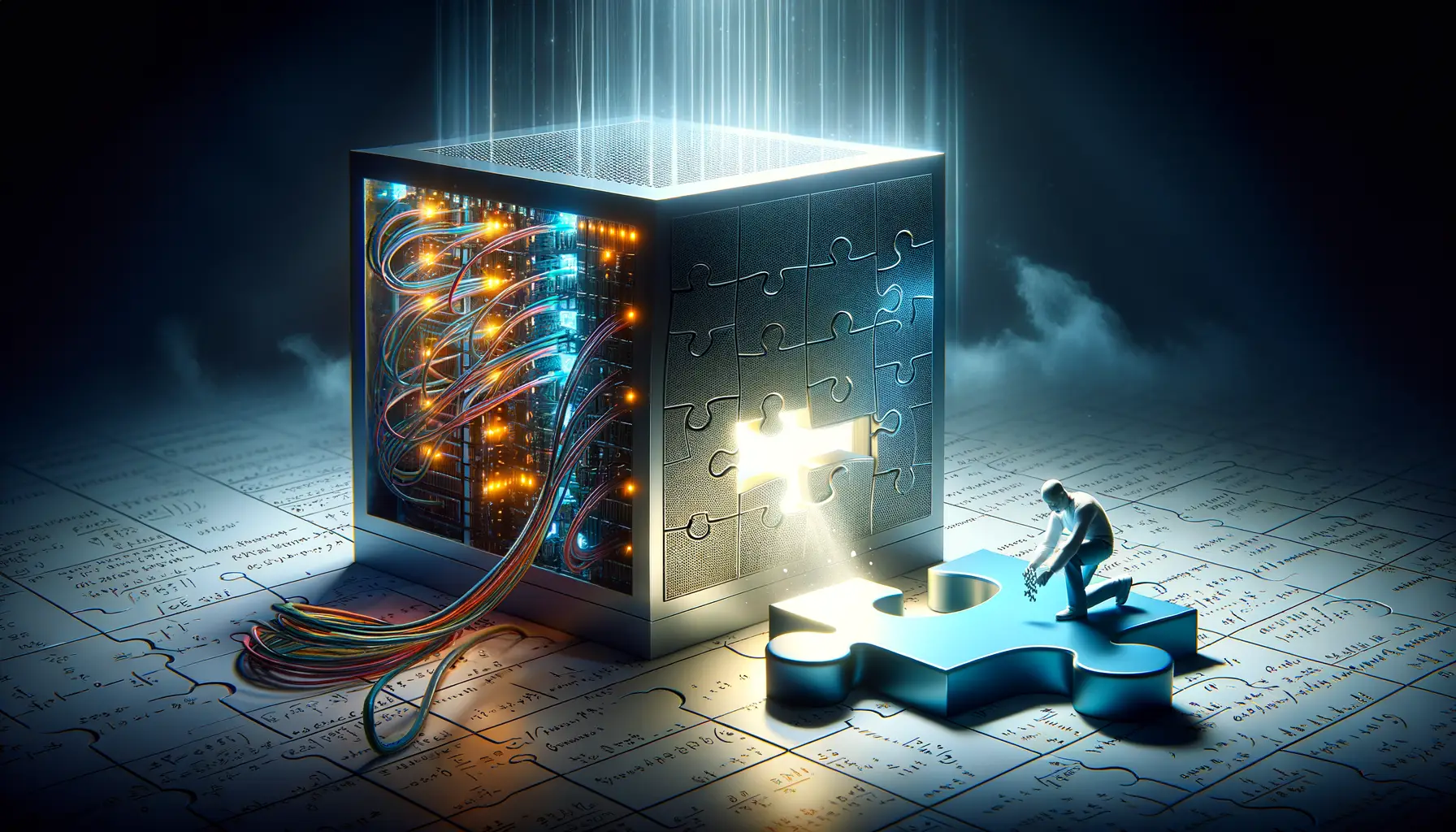Introduction to Quantum Encryption and Its Role in Cybersecurity
Imagine a lock so impenetrable that even the most cunning cybercriminal can’t crack it—not now, not ever. That’s the promise of quantum encryption, a technology straight out of a science fiction novel and into the intricate world of cybersecurity. But how does it work? And why is everyone from governments to tech giants buzzing about it?
Why Quantum Encryption is Like Magic for Data
At its heart, quantum encryption isn’t just an upgrade—it’s an entirely new way of securing information. It uses the quirky, mind-bending principles of quantum physics, like superposition and entanglement, to protect data. Picture this: every bit of data is guarded by particles of light, known as photons, which are so sensitive that even observing them tips everyone off. Talk about a tattletale! In practical terms, this means if someone tries to intercept your information, you’ll know immediately.
Why is this a game-changer? Because traditional encryption methods rely on math. Big, hard-to-solve equations keep hackers at bay… for now. But with the rise of super-powerful quantum computers, these math-based barriers could crumble faster than you’d expect. Quantum encryption doesn’t play by those rules—it creates security codes that, quite literally, cannot be cracked.
A Peek Into How It Works
Let’s get a bit technical (but not intimidating, I promise). At its core is a method called Quantum Key Distribution (QKD). Here’s the magic step-by-step:
- Two parties—let’s call them Alice and Bob—share an encryption key encoded in quantum states.
- Any eavesdropper (say, Eve) trying to snoop inevitably disturbs the key due to quantum mechanics.
- Alice and Bob then detect Eve’s meddling and scrap the compromised transmission instantly.
It’s almost poetic how quantum encryption turns sneaky hackers into their own worst enemies. And what’s thrilling? This is just the beginning of what quantum tech can mean for cybersecurity!
Key Principles of Quantum Cryptography

The Magic of Quantum Entanglement
Picture this: two particles, split apart yet forever connected. One whispers across the cosmos, and the other responds instantly, mirroring its state like a perfectly synchronized dance. This isn’t sci-fi—it’s the phenomenon of quantum entanglement, the backbone of quantum cryptography.
When we use entangled particles to exchange cryptographic keys, these keys become untouchable. Why? Any eavesdropper trying to intercept the data creates disturbances in the system that are immediately detectable. It’s like trying to steal candy from a jar that screams the moment it’s opened!
This unique interplay makes entanglement not only fascinating but hacker-proof. Can you imagine a cyber world where spying becomes obsolete? Welcome to the marvel of quantum mechanics.
No Cloning Allowed: The Quantum Rulebook
Here’s another pearl: the no-cloning theorem. Unlike physical objects, quantum information can’t be duplicated. Let me explain. If someone tries to copy the exact state of a quantum particle, it collapses—poof—like a soap bubble popped by reckless interference.
This unbreakable rule ensures no one can forge cryptographic keys or replicate secure transmissions. It’s like having a lock that resets itself if tampered with.
In essence, the principles of quantum cryptography are rooted in nature’s own laws. Encryption has never felt this alive, has it?
Applications of Quantum Encryption in Cybersecurity

Revolutionizing Data Protection: Real-World Uses
Imagine a secret handshake so intricate, it’s impossible for an eavesdropper to copy—it’s not science fiction, it’s the essence of quantum encryption applied in cybersecurity. This cutting-edge technology is sparking a revolution across industries that need airtight protection for their sensitive data.
In global banking, for example, where trillions of dollars move daily, secure communication isn’t just important—it’s survival. Quantum encryption ensures that those transactions are shielded from prying eyes, thanks to the unbreakable laws of quantum physics. And let’s talk healthcare—your genetic data, medical records, and private consultations could be intercepted without proper security. Quantum encryption locks that door so tightly, it’s like trying to pick a lock that changes shape as you touch it.
- Government agencies leverage it to guard top-secret intelligence from cyber-espionage threats.
- Corporations, especially tech giants, use it to prevent intellectual property theft during R&D processes.
Even tomorrow’s innovations—driverless cars and smart cities—will rely on this technology to dodge cyberattacks. It’s awe-inspiring how the strange world of quantum mechanics is directly shaping how we live, work, and stay safe.
Challenges and Limitations of Quantum Encryption

Pushing the Limits: The Realities of Quantum Encryption
Quantum encryption might sound like a superhero of cybersecurity—invincible and untouchable—but even heroes have their vulnerabilities. Let’s pull back the curtain and take a closer look at where this cutting-edge technology runs into roadblocks.
First, there’s the *gargantuan* issue of practicality. While the concept of quantum keys and photons flying around invisibly sounds amazing, setting up a quantum communication network isn’t as easy as plugging in a router. Specialized fiber optics, ultra-sensitive detectors, and controlled environments are just the beginning. The infrastructure is not only expensive—it’s downright finicky.
Another thorn in the side? Distance limitations. Currently, quantum signals struggle beyond a few hundred kilometers without losing integrity. Sure, we’ve got “quantum repeaters” on the horizon, but they’re still in the realm of lab experiments, not real-world use.
- Vulnerability to physical attacks. These systems rely on hardware that could be tampered with or damaged, unlike purely software-based encryption tools.
- The need for massive technological expertise. Just understanding how to operate a quantum cryptography system requires expertise far beyond the average IT team.
And here’s a kicker: quantum tech can’t fully block human error. A misplaced key, an unlocked server, or insider threats can still undermine the best quantum protection in place. It’s a lot to think about!
The Future of Quantum Encryption and Emerging Trends

The Quantum Leap in Securing Our Digital World
Imagine a world where passwords, as we know them, vanish into thin air. This isn’t some sci-fi fantasy—it’s the promise of quantum encryption. The technology is revolutionizing cybersecurity by using the quirky, jaw-dropping laws of quantum mechanics. Think about it: instead of hackers playing cat-and-mouse games to crack codes, we’re creating an unbreakable fortress using particles so small, they make grains of sand look gigantic.
Here’s what’s bubbling up on the horizon for quantum encryption:
- Quantum Networks: Entire communication infrastructures designed to be impenetrable to eavesdropping, harnessing quantum key distribution (QKD).
- Post-Quantum Algorithms: A race against time as researchers craft encryption methods resilient even in a post-quantum computing era.
The Balance Between Promise and Peril
While this future sounds dazzling, it comes with challenges. Emerging trends reveal that powerful players—governments, tech giants, maybe even shadowy organizations—are all vying for control of quantum breakthroughs. The race is akin to the space race of the 20th century but with far more at stake. And here’s the kicker: once quantum computers reach their full potential, they could render traditional cryptography obsolete overnight. That’s both thrilling and terrifying, don’t you think?









